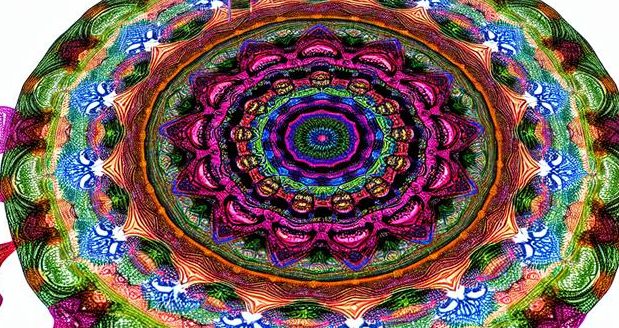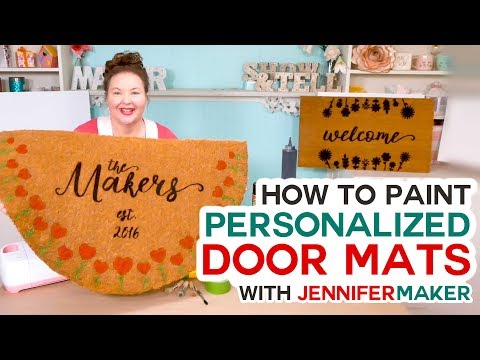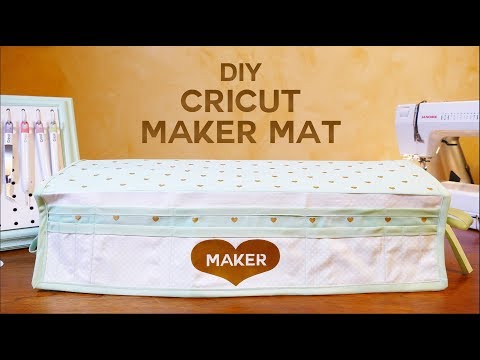Sublimation Paper: What's Best, What's Worst, and Why Paper Weight Matters!
[videojs youtube=”http://www.youtube.com/watch?v=eAYfLrRtjYA”]
Let’s talk about Sublimation Paper! There are a lot of different sublimation papers out there, and you may be wondering what’s best to use and what’s better off avoided. First you should know that sublimation paper is NOT the same you might already have in your printer, even though it might look the same at first. A good sublimation paper has three things:
1. It holds the sublimation ink well without allowing the micro ink dots from your printer to blur together.
2. It withstands the high heat of your press.
3. It efficiently releases the dyes into your surface when heated.
I have a variety of sublimation papers here in my studio — I have A-SUB 125G, A-SUB 105G, A-SUB ECO, TruePix paper, DyeMaster-R, and Printers Jack. And there are a LOT more papers out there, too. So what’s the difference between them all? Most all of these are general sublimation papers that will work for a variety of surfaces. There are OTHERS that get more specialized, but these SHOULD all work for most sublimation jobs.
Let’s take a look at a piece of A-SUB paper.
So then how do you decide which sublimation paper to use? One important thing I want you to pay attention to is the paper weight, like how A-SUB comes in 125g, 120g, 105g, and ECO. These numbers refer to the WEIGHT of the paper. 125 g stands for one hundred twenty five grams and it’s the thickest sublimation paper. The thicker and heavier the paper, the better it will hold the ink and saturate your surface — if you want full color, vibrant designs, go for the heavier weight. This paper is my favorite and the go-to for nearly every project. If you use the 125 gram paper and get wheel marks, however, you may want a thinner paper. This heavier paper can also cause issues with hard and rigid surfaces, as the ink has no where to go and can blur or ghost — if this happens, again, go with a thinner paper.
105g is the one hundred and five gram paper, and it’s the thinnest paper. So now you may be wondering why we’d want thin paper if heavier gives the best and most satured color. Well, it turns out that thin sublimation paper like this is better when you’re making seamless designs, like our full-color sublimation doormat or even a sublimation tumbler. The thinner paper is ALSO better for some printers that can get wheel lines or pick up extra ink when going through the printer. For example, when I switched to 105 gram paper on my Epson Workforce, it worked much better. The catch with 105 gram paper is that it is more likely to curl, and it doesn’t do as well with heavy ink saturation — the low weight of the paper is more likely to cause moving, bleeding, and ghosting, And if your surface just looks dull and faded, like a T-shirt, it could also be related to the low weight of the paper — use the heavier paper to get more ink on it and more ink on your surface.
But what about this ECO paper by A-SUB? It’s basically less expensive sublimation paper. So if you’re doing a LOT of something, you could use this, but it’s really only a little less money … I’m not sure it’s worth it, personally, unless you’re working in volume. We’ll test out whether this paper is the same as the other papers later.
So WEIGHT of paper is a big factor. Another factor can be the compability of the paper with your printer. For example, TruePix paper is optimized to work with Sawgrass sublimation printers. It’s 120 grams and works on a variety of surfaces.
DyeMaster-R sublimation paper, on the other hand, is optimized to work for Epson and it’s 105 grams. I am not sure why it’s so thin, but it could be because the Epson Workforce, which is one of the first printers people began converting to sublimation years ago, really needs a thinner paper.
Now, you may have heard of people using regular paper for sublimation, for example laser copy paper. It’s possible to use laser copy paper because it’s formulated to withstand the high heat of your heat press. The question is if it can hold and release the ink well enough, however.
So I thought we should do a TEST of six different papers — three A-SUB papers, TruePix paper, Laser Paper, and a regular Copy Paper, just so you can see what it looks like for each one.





